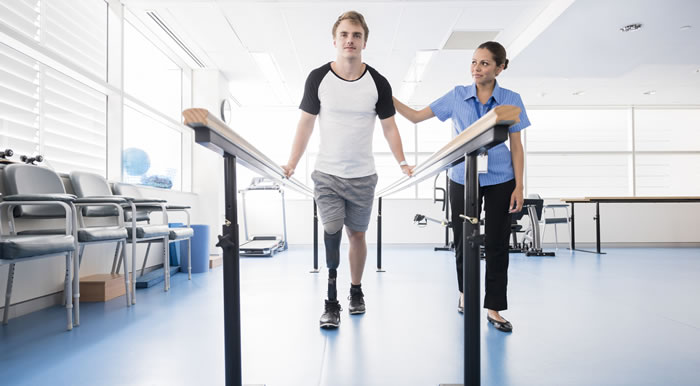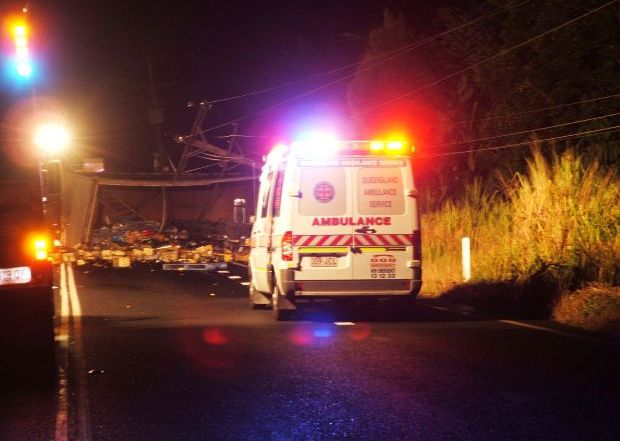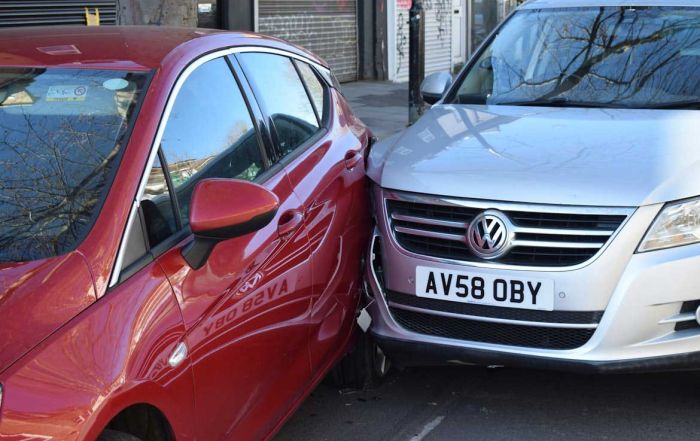
Catastrophic Impairments and the Law

catastrophic injuryEvery year thousands of Ontario drivers and passengers end up with serious impairments following motor vehicle accidents. Some of those impairments will be catastrophic, even if the original injuries were not.
Regulations under Ontario’s Insurance Act define which impairments are “catastrophic” for the purpose of qualifying for more Accident Benefits under the Ontario Automobile Insurance Policy.
Generally speaking, “catastrophic injuries” are ones that will have a serious lifelong impact on many aspects of the victim’s life. Catastrophic injuries include paraplegia or quadraplegia. Serious traumatic brain injuries may also qualify as “catastrophic” injuries. Loss of vision or the amputation of an arm or leg will also likely qualify as catastrophic injuries. Serious psychological injuries or impairments may also be catastrophic depending on their impact on the victim’s life.
It is sometimes difficult to determine immediately after a car accident if the victim will be entitled to increased Accident Benefits. It is common for a victim’s own insurance company to send the victim for multiple medical assessments by non-treating doctors for their opinion about whether the victim’s injuries meet the legal definition of a “catastrophic” impairment.
We highly recommended that the injured person or his/her family seek the legal advice of a qualified personal injury lawyer immediately following a serious accident so that the process of determining the victim’s rights to enhanced Accident Benefits can be determined as quickly as possible.
Once someone’s impairments are determined to be catastrophic they may be eligible for the following benefits:
1) $1,000,000.00 for Medical Rehabilitation and Attendant Care combined, with a cap of $6,000.00 per month.
2) Housekeeping: up to $100 per week for life.
3) Income Replacement Benefit: 70% of your gross income to a max of $400 per week for life.
4) Non-Earner Benefit: If you do not qualify for Income Replacement Benefits, you are entitled to a Non-earner benefit if you are 18 years and older, for up to 104 weeks after the accident up to $185.00 per week.
5) Visitor Expenses.
6) Entitled to a Case Manager.
7) Up to $15,000.00 for lost educational expenses incurred if in school for tuition, books equipment, and room and board.
8) Payment for clothing, prescription eyewear, dentures, hearing aids, prosthetics and other medical or dental devices damaged as a result of the car accident.
9) Reimbursement for travel to and from medical appointments.
10) Caregiver Benefits; if “substantially unable to engage in caregiving activities”, you are entitled to $250.00 per week for the 1st person then $50.00 per week for others in need of care for life.
Can I sue the driver responsible for my injuries?
The Accident Benefits that you receive from your own insurance company may be significant. However, they are not intended to compensate the victim of a car accident for all of his or her losses, expenses and damages.
For individuals that have suffered catastrophic injuries, like paraplegia, they may require considerable more medical care and support than is available through car insurance Accident Benefits. Usually, a lawsuit will be required to protect the victim from shortfalls in insurance and to compensate them for pain and suffering, lost wages and their ability to earn an income in the future.
Retaining and experienced Personal Injury Lawyer is very important to ensure that a lawsuit is started in coordination with the Accident Benefits claim. Proper monitoring and assistance with Accident Benefits claims will assist the individual in his or her lawsuit because the gaps in coverage should be identified and included in the lawsuit.
Should I hire a lawyer right away?
It is recommended that you meet with a lawyer to discuss your options as quickly as possible after a serious car accident. When you meet with a Personal Injury lawyer, you should try to bring the following items, if they are available to you:
1) Your car insurance information;
2) Police report or details of the responsible driver(s);
3) Your group insurance or long-term disability coverage information; and
4) Any medical records that you have about your injuries.
It is highly recommended to retain a Personal Injury lawyer as the process of starting an Accident Benefits claim and a lawsuit can be overwhelming and tedious.
How to apply for Catastrophic Impairment
Once two years has passed since your accident date, you complete a form called, OCF-19 Application for Determination of Catastrophic Impairment. You must have your treating physician complete Part 2 and 3 of the form prior to submitting to your insurance company. Keep in mind that many family doctors are not comfortable with completing these forms, because they are unfamiliar with the Statutory Accident Benefits Act (SABS) forms and protocols. It is often necessary to have an expert doctor who is familiar with SABS, complete the form.
Once the OCF-19 is submitted to the insurance company, the insurance company must send you a letter within 10 days stating one of the following:
1) The insurer has determined that the impairment is a catastrophic impairment; or
2) The insurer has determined that they require a medical opinion and sets up a serious of assessments to determine if you do in fact meet the definition of a catastrophic injury.
After the assessments have taken place the insurance company will receive the final reports. Within 10 days of the insurance company receiving the reports the insurer will:
1) Give a copy of the reports to you; and
2) Provide you with an explanation advising that they have determined whether or not impairment is a catastrophic impairment.
The Definition of “Catastrophic Impairment” as of June 1, 2016
Recent changes have been made by the Ontario Government, regarding how Catastrophically Impaired is defined. Under the new definition a person has to meet one of the following criteria to meet the definition of catastrophic:
1) Paraplegia or tetraplegia that meets the following criteria:
i) The injured person’s neurological recovery is such that the person’s permanent grade on the ASIA Impairment Scale can be determined.
ii) The injured person’s permanent grade on the ASIA Impairment Scale is or will be A.A, B or C, or B.D and:
a. The injured person’s score on the Spinal Cord Independence measure, Version III, item 12 and applied over a distance of up to 10 meters on an even indoor surface is 0 to 5,
b. The injured person required urological surgical diversion, an implanted device, or intermittent or constant catheterization in order to manage a residual neuro-urological impairment, or
c. The injured person has impaired voluntary control over anorectal function that required a bowel routine, a surgical diversion or an implanted device.
2) Severe impairment of an ambulatory mobility or use of an arm, or amputation that meets the following criteria:
i) Trans-tibial or higher amputation of the leg.
ii) Amputation of an arm or another impairment causing total and permanent loss of use of an arm.
iii) Severe and permanent alteration of prior structure and function involving one or both legs as a result of which the insured person’s score on the Spinal Cord Independence Measure, Version III, item 2, and applied over a distance of up to 10 meters on an even indoor surface is 0 to 5.
3) Loss of vision in both eyes that meets the following criteria:
i) Even with the use of corrective lenses or medication:
a. Visual activity in both eyes is 20/200 (6/60) or less as measured by the Snellen Chart or equivalent chart, or
b. The greatest diameter of the field of vision in both eyes in 20 degrees or less.
ii) The loss of vision is not attributable to non-organic causes.
4) If the injured person was 18 years of age or older at the time of the accident, a traumatic brain injury the meets the following criteria:
i) The injury shows positive findings on a computerized axial tomography scan, a magnetic resonance imaging or any other medically recognized brain diagnostic technology indicating intracranial pathology that is a result of the accident, including, but not limited to, intracranial contusions or haemorrhages, diffuse axonal injury, cerebral edema, midline shift or pneumocephaly.
ii) When assessed in accordance with the Glasgow Outcome Scale and the Extended Glasgow Outcome Scale, the injury results in a rating of:
a. Vegetative State one month or more after the accident,
b. Upper severe disability or lower severe disability, six months or more after the accident, or
c. Lower moderate disability, one year or more after the accident.
5) A physical impairment or combination of physical impairment that, in accordance with the American Medical Association’s Guides, results in 55% or more physical impairment of the whole person.
6) An impairment that, in accordance with the American medical Associations Guide results in a class 4 impairment in three or more areas of function that precludes useful functioning or a class 5 impairments that precluded useful functioning due to mental behaviour or behavioural disorder. A mental or behavioural impairment, excluding a traumatic brain injury.
7) If the injured person was under 18 years of age at the time of the accident, a traumatic brain injury that meets one of the following criteria:
i) The insured person is accepted for admission, on an in-patient basis, to a public hospital named in a Guideline with positive findings on a computerized axial tomography scan, a magnetic resonance imaging or any other medically recognized brain diagnostic technology indicating intracranial pathology that is a result of the accident, including, but not limited to intracranial contusions or haemorrhages, diffuse axonal injury, cerebral edema, midline shift or phneumocephaly.
ii) The injured person is accepted for admission, or an in-patient basis, to a program of neurological rehabilitation in paediatric rehabilitation in a paediatric rehabilitation facility that is a member of the Ontario Association of Children’s Rehabilitation Services.
a. One month or more after the accident, the inured person’s level of neurological function does not exceed category 2 on the King’s Outcome Scale for Childhood Head Injury.
b. Six months or more after the accident, the injured person’s level of neurological function does not exceed category 3 on the King’s Outcome Scale for Childhood Head Injury.
c. Nine months or more after the accident, the injured person’s level of function remains seriously impaired such that the injured person is not age-appropriately independent and requires in-person supervision or assistance for physical conative or behavioural impairments for the majority of the injured person’s waking day.






Follow Us